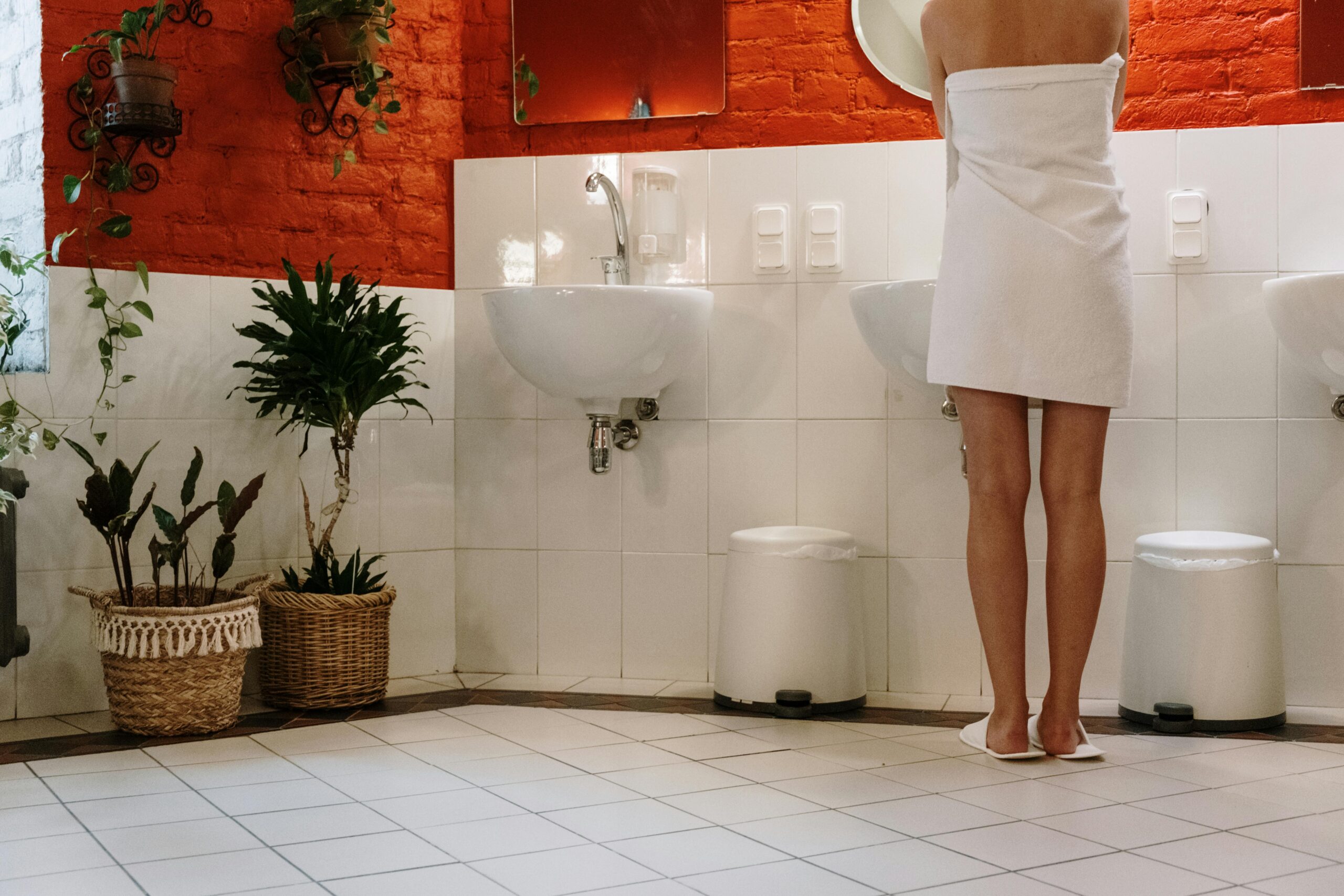Selecting the right bathroom flooring requires careful consideration of water resistance, durability, and aesthetic appeal. Bathrooms present unique challenges due to high moisture levels, temperature fluctuations, and the potential for water pooling. This article explores the most suitable bathroom floor material options, comparing popular choices like ceramic and porcelain tile, luxury vinyl plank (LVP), and natural stone. We’ll examine the advantages and limitations of each material to help you make an informed decision when renovating or building a bathroom.
Understanding Bathroom Flooring Requirements
When selecting the best bathroom flooring, water resistance stands as the primary consideration. Unlike other areas in your home, bathroom floors must withstand constant moisture exposure, occasional flooding from overflowing tubs or sinks, and high humidity levels. Beyond water resistance, ideal bathroom flooring should offer slip resistance for safety, durability to withstand heavy foot traffic, and ease of maintenance for keeping the space hygienic. Temperature retention also matters, particularly in colder climates where stepping onto an icy floor can be jarring during winter months. As you evaluate waterproof flooring options for bath areas, these practical considerations should guide your decision alongside aesthetic preferences.
Ceramic and Porcelain Tile
Ceramic and porcelain tile remain the gold standard for bathroom flooring, and for good reason. These materials offer exceptional water resistance, with porcelain being even more impervious to moisture than ceramic due to its denser composition. When properly installed with waterproof grout, tile creates a virtually impenetrable barrier against water. The versatility of tile is remarkable – available in countless colors, patterns, sizes, and textures, it can mimic natural materials like wood or stone while providing superior performance in wet environments.
Porcelain typically costs more than ceramic but offers enhanced durability and water resistance, making it worth considering for high-traffic or frequently wet bathrooms. Both materials are easy to clean, resistant to stains, and can last decades when properly maintained. The primary drawbacks include the cold feel underfoot (though this can be mitigated with radiant heating systems) and the hardness of the surface, which may be uncomfortable for extended standing. When comparing tile vs vinyl bathroom applications, tile offers superior longevity and timeless appeal despite the higher initial investment.
Luxury Vinyl Plank (LVP) and Vinyl Tile
The modern luxury vinyl plank (LVP) market has revolutionized bathroom flooring options with products specifically engineered for wet environments. Today’s premium LVP features 100% waterproof cores, realistic visual layers that convincingly mimic wood or stone, and protective wear layers that resist scratches and stains. As a bathroom floor material, LVP offers significant advantages: it’s warmer and softer underfoot than tile, relatively simple to install (many products feature click-lock installation systems), and generally more budget-friendly than natural materials.
LVP also provides excellent slip resistance, particularly important in bathrooms. The material’s resilience makes it forgiving when items are dropped, unlike ceramic tile which can cause objects to shatter on impact. For homeowners seeking waterproof flooring options for bath spaces without breaking the bank, LVP represents an excellent middle ground between affordability and performance. As AskHomey home improvement experts note, vinyl’s installation flexibility makes it particularly appealing for DIY bathroom renovations or quick updates to rental properties.
Natural Stone Flooring
Natural stone flooring brings unparalleled elegance and character to bathroom designs. Options like marble, granite, limestone, and slate each offer unique aesthetic qualities with natural variations that create one-of-a-kind floors. Among waterproof flooring options for bath spaces, properly sealed natural stone can perform admirably, though it requires more maintenance than manufactured alternatives. Granite and slate present the most naturally water-resistant options, while marble and limestone are more porous and demand regular sealing to prevent water damage.
The thermal properties of stone make it excellent for bathrooms with underfloor heating systems, as it efficiently conducts and retains warmth. However, without heating, stone can feel uncomfortably cold. The substantial weight of stone tiles may necessitate additional structural support in some installations. While natural stone represents a premium investment among bathroom flooring options, its timeless appeal and potential to increase property value make it worth considering for luxury bathroom renovations.
Other Considerations for Bathroom Flooring
Beyond the main contenders for best bathroom flooring, installation quality significantly impacts performance in wet areas. Even the most water-resistant materials can fail if improperly installed. Professional installation is particularly important for bathrooms, where waterproofing membranes, proper substrate preparation, and appropriate sealing techniques are essential for longevity. Consider your household’s specific needs as well – families with young children or elderly members may prioritize slip resistance and cushioning, while design-focused homeowners might place greater emphasis on aesthetic considerations.
Budget constraints inevitably influence flooring selections, but bathroom flooring represents a poor area to compromise on quality. The relatively small square footage of most bathrooms means upgrading to premium materials often adds less to the overall project cost than you might expect, while dramatically improving performance and appearance. When evaluating tile vs vinyl bathroom options or considering natural stone, factor in both initial costs and long-term maintenance requirements to understand the true investment.
For more tips and to connect with reliable home service professionals, follow AskHomey on Facebook and Instagram.



